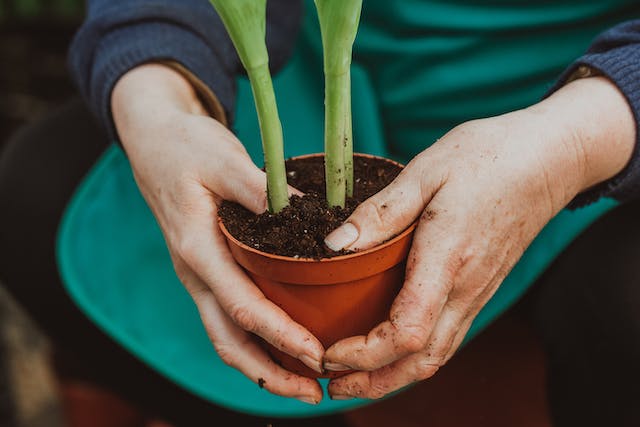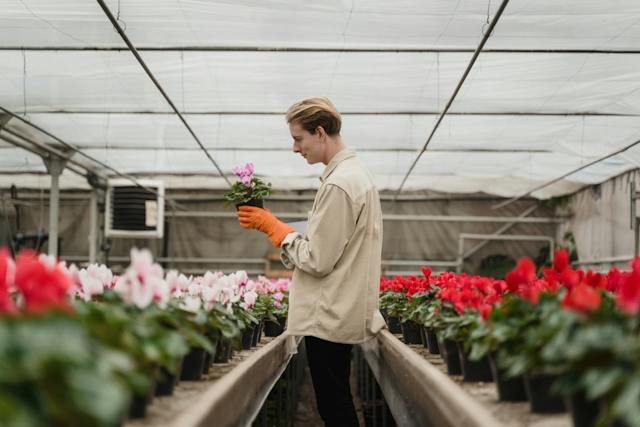What Is Gardening, And What Types of Gardening
The decoration of public or private spaces is the most frequent use given to gardening.
We can define gardening as the set of practices and techniques aimed at cultivating gardens, whether of food species such as vegetables and fruits or purely aesthetic species such as those that provide flowers attractive for their color.

However, cultivating vegetables for food is more related to agricultural practice, whether on a small or large scale. At the same time, gardening is associated to a greater degree with the ornamentation of private and public buildings, even in residential environments. Large scale, such as avenues, road corridors, and highways.

Throughout history, human interest in gardening has been demonstrated to such an extent that its development is not alien to the customs and cultures of the five continents.
the classification of gardening
In the classification of gardening, we can find interior gardening intended for internal spaces of houses or buildings and even apartments where the appropriate use of species adapted to small spaces is warranted.

Park gardening is developed in larger spaces where various species of plants and trees of greater size and display can be displayed.
In oriental gardening, the cultivation of bonsai stands out. Although its origin lies in China, it is deeply rooted in Japan and is characterized by the care of small species that deserve great care and dedication for their conservation.

In traditional gardening, a variety of species are adapted to the climates of the country or region where it is developed, and it stands out for the planting of native species that are typical of the place.
Many countries have so-called botanical gardens, spaces for the preservation of typical flora or that of other nations. They are generally deployed on large plots of land or hectares and are useful for studying specimens and healthy outdoor recreation.
The gardens are a kind of ecological center, generators of oxygen, where in addition to preserving botanical species, they also serve as an ecosystem for different types of wildlife and insects in constant interaction.
What Function Do Indoor Plants Have?
A well-kept outdoor garden provides an unimaginable well-being and invites us to enjoy the good weather. On the other hand, indoor plants benefit the environment and our health. All corners of the planet are affected by pollution from cars, industries, shopping centers, chemicals… Your home is no exception. Apart from decorating, plants absorb CO2 and release oxygen, reduce the temperature of the environment (ideal for summer heat), and clean the air of polluting substances.
At home, we usually have several elements that, although it may not seem so, are harmful to our health, as they contain harmful particles. Some of these components are formaldehyde, present in chipboard or pressed wood products, upholstery materials, and carpets; benzene and xylene, present in rubbers, inks, oils, plastics, and paints; trichloroethylene, present in cleaning liquids, varnishes, and adhesives; and, finally, carbon monoxide, present in the combustion of engines, firewood, and gas and tobacco smoke. These highly polluting components produce negative effects on our health, such as irritation of the eyes, throat, and nose, migraines, allergic reactions, respiratory problems, skin diseases, loss of appetite, drowsiness, and, in the worst case, they can lead to the formation of cancer.
